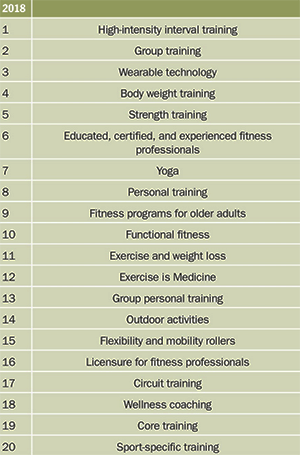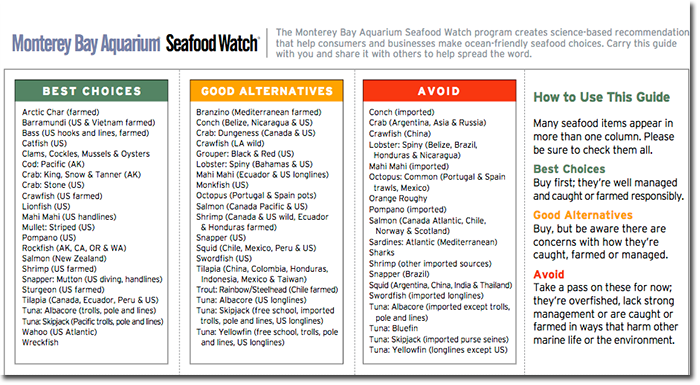From yesterday’s post about The Bad and Ugly Carbs –
Of all the questions about a healthier lifestyle I typically field from curious potential clients, friends, and family, by far and away the most common one has to do with carbohydrate consumption, and most specifically, “what are the good carbs I can still eat?”
Of note, this isn’t a discussion of the science underpinning the (common-sense) rationale for choosing a lower carb, moderate protein, higher fat lifestyle – it really is a lifestyle, not a “diet”; this discussion is meant to lay out a practical, fairly concise (maybe not) roadmap for those who’ve made the decision to give this concept a spin.
Yesterday we talked about unhealthy carbs, the bad and ugly carbs if we’re going to hold to that metaphor, that need to be swept out of your life, and for those of you pondering jumping onto this healthy bandwagon, probably swept out all at once.
A Word About Carb-Phobia
As has happened to many of us in the Primal/Paleo/Ancestral health worlds, at some point you might be accused of being “Carb-phobic” by someone touting a high-carb, low-fat approach to food, or by someone mired in the muck of a SAD diet.
Frankly, nothing could be further from the truth.
This isn’t a carb-phobic approach, it’s actually the polar opposite. This approach leverages all the best nutrient-dense, fiber-packed, texture and flavor-rich carbs available with little if any of the excessive, insulin-spiking, glucose floods that highly-processed carbs bring to the table.
This isn’t a carb-phobic approach, it’s a smart carb/intuitive carb approach.
So What “Good Carbs” Are We Talking About…
Let’s start with the easy one, the carbs I’d typically argue that you eat with abandon until sated, and the first on the list won’t surprise you – the green leafy vegetables:
- Lettuce, all types
- Chard
- Greens – beet, collard, dandelion, mustard, turnip
- Broccoli Rabe
- Kale
- Spinach
- Purslane
- Watercress
- Sea vegetables – kombu, nori
Now throw in colorful and cruciferous vegetable all-stars:
- Artichoke
- Asparagus
- Avocados (actually a fruit…)
- Beets in moderation
- Bell Peppers
- Bok Choy
- Broccoli
- Brussel Sprouts
- Cabbage
- Carrots in moderation
- Cauliflower
- Celery
- Cucumbers
- Eggplant
- Endive
- Fennel
- Garlic
- Kohlrabi
- Leeks
- Mushrooms (most varieties)
- Olives
- Onions
- Parsnips in moderation
- Peppers
- Purslane
- Radish
- Rutabaga in moderation
- Tomatoes
The best fruits are those lower in fructose (read Dr. Gundry’s pitch on fructose if you haven’t yet); the top choices include:
- Blackberries
- Blueberries
- Boysenberries
- Cranberries
- Gooseberries
- Raspberries
- Strawberries
I’d like to cover other fruits in more detail in another post, given the complexities of fructose processing and the nuances of using fruit to best accomplish your goals, whether those goals be simply optimizing your nutrition, further weight loss, physical performance enhancement, or accommodating a unique metabolic or functional quirk of your own.
If you haven’t yet, it’s time to jump on the Good Carb train and get moving toward your health and wellness goals.
 In the
In the  Perhaps spending a week recently helping care for our three-week-old grandson in Montana prompted thinking about how we should marvel at the natural world around us more often (probably much more often) than we do.
Perhaps spending a week recently helping care for our three-week-old grandson in Montana prompted thinking about how we should marvel at the natural world around us more often (probably much more often) than we do.


